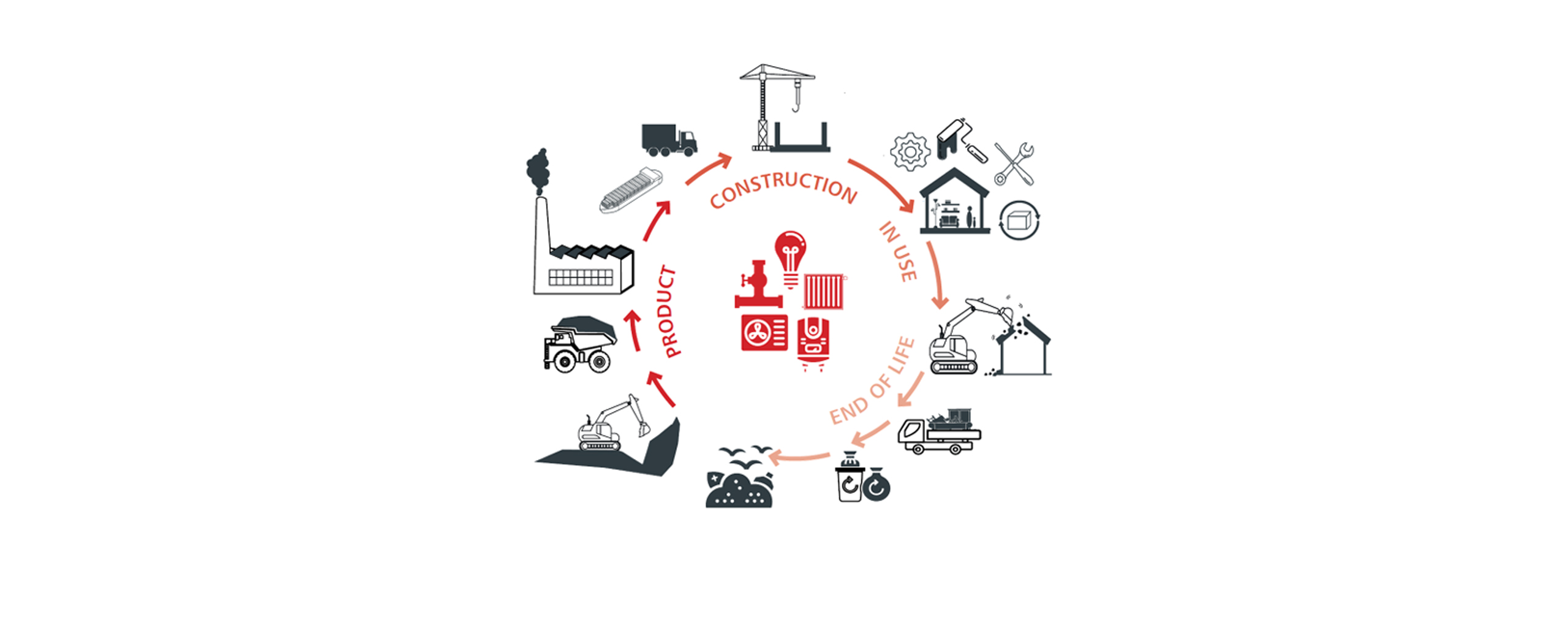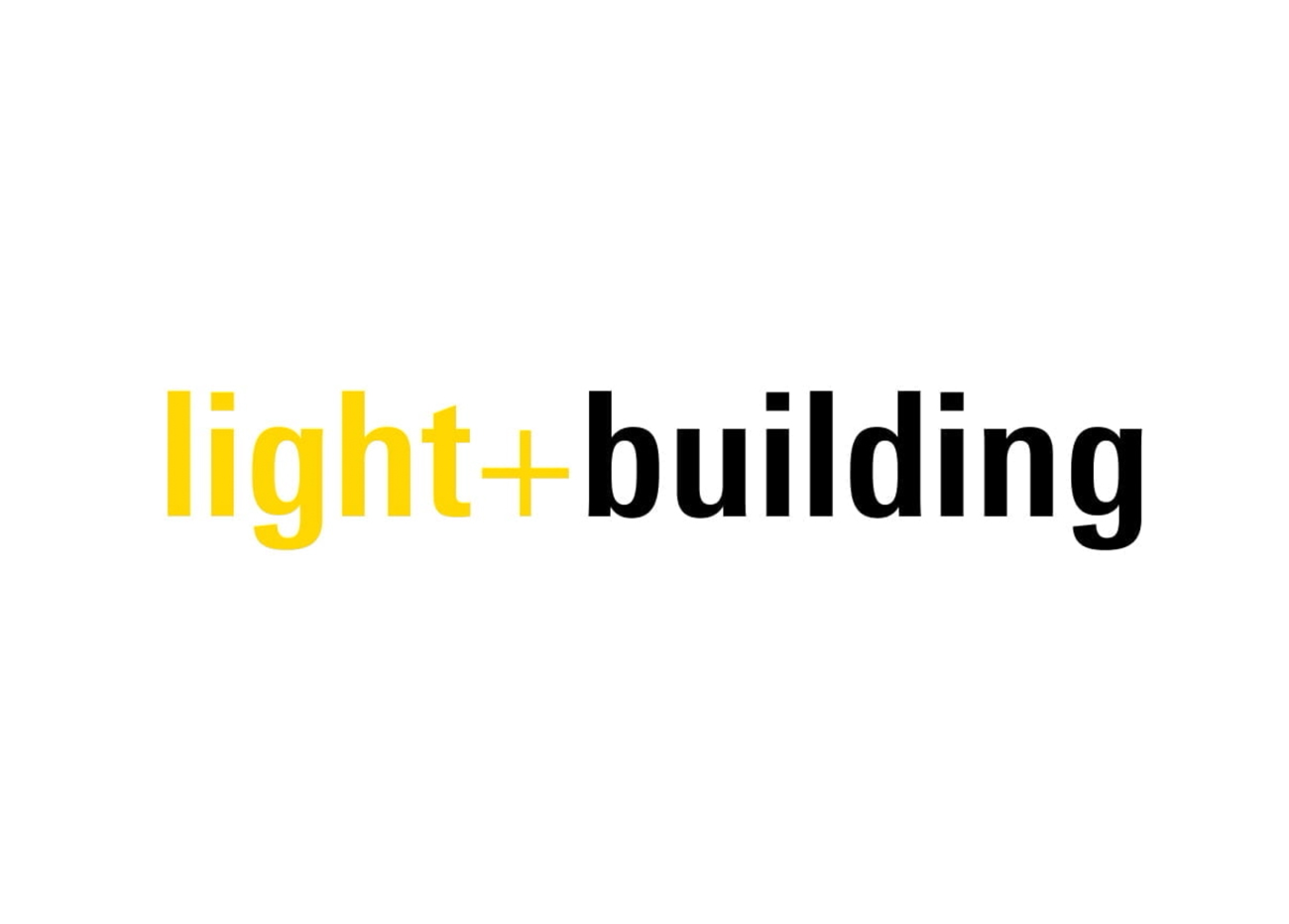TM65.2 Embodied carbon in building services: Lighting
The main aim of Embodied carbon in building services: lighting is to enable lighting designers, specifiers, lighting engineers and manufacturers to understand the amount of embodied carbon that a light fitting contains.
In the building industry, embodied carbon refers to the greenhouse gas emissions arising from the manufacturing, transportation, installation, maintenance, and disposal of building materials. It is not actually carbon that we refer to, but carbon dioxide. This is measured and displayed in kg CO2e (kilograms embodied carbon dioxide equivalent).
This helps lighting designers and engineers understand the embodied carbon within the systems they design and the products they specify, so that informed choices can be made beyond just operational carbon emissions. This information can then be used in several ways; to inform and/or guide the choice of product(s) used for a project or independently for product analysis. There is generally a target upper parameter figure of kg CO2 per square foot (kg CO2e/ft2) that must be achieved.
The total luminaire data generated can be used to inform the lighting design’s contribution of embodied CO2 emissions for the building. This information is also of use to architects and sustainability teams during key construction stages — from early design to construction and handover to demonstrate and confirm that project objectives and targets are being met and therefore delivering strategic requirements.
TM65.2 allows conservative embodied carbon estimations for luminaires and lighting equipment to be made. Hopefully, this guidance will move the industry towards a better understanding of the whole life carbon impacts of lighting design-related decisions.






Leave a comment